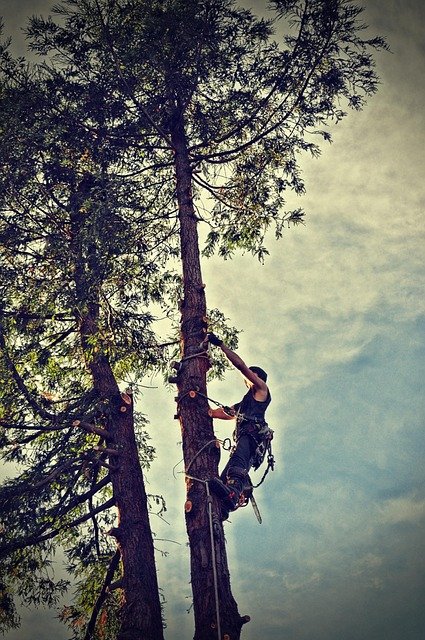Tree Felling: Methods, Safety and Local Service Guidance
Tree felling is the controlled process of cutting down a tree for safety, management or development reasons. It requires planning, knowledge of local regulations and appropriate equipment to protect people, property and the wider environment. This article explains common methods, legal considerations, safety planning and a general guide to costs and local providers for work in the UK.

What is tree felling and why is it done?
Tree felling refers to removing a tree from its stump by cutting it down, either for complete removal or to reduce hazards. Reasons include removing diseased or dying trees, making space for construction, preventing damage to nearby structures, or managing woodland. Proper assessment includes checking the tree’s health, root stability and potential impact on surrounding plants and wildlife. Experienced assessors also consider protected species and seasonal constraints before recommending removal or alternatives such as pruning or crown reduction.
How to plan safe tree felling in your area
Planning starts with a site survey and risk assessment: identify nearby buildings, overhead lines, access routes and pedestrians. In the UK many trees are protected by Tree Preservation Orders (TPOs) or sit within conservation areas, and permission may be required before work begins. Notify neighbours where necessary and liaise with local authorities if the tree is on public land. Choose a clear drop zone and assemble a trained team with suitable personal protective equipment (PPE), exclusion zones and emergency procedures. Good planning reduces the chance of accidents and limits collateral damage.
Common methods and equipment
Simple falls can be achieved with directional felling using a felling notch and back cut, while larger or awkward trees often require section felling—removing the crown piece by piece, frequently with the aid of ropes, cranes or elevated work platforms. Equipment commonly used includes chainsaws, wedges, felling levers, and stump grinders for removal of the remaining base. For hazardous or high trees, rigging systems and qualified climbers manage controlled descent. Equipment choice depends on tree size, site constraints and whether access for machinery is available.
Legal, environmental and safety considerations
Before felling, check for protected species such as nesting birds or bats; disturbance at the wrong time of year can be illegal. If a tree is protected by a TPO or in a conservation area, written consent from the local planning authority may be required. Compliance with Health and Safety regulations is essential—this covers training, safe use of machinery and control of falling debris. Retaining habitat features where possible (deadwood, retained veteran trees) supports biodiversity. Records of permits and method statements are useful for audits and liability protection.
Costs and local providers comparison
Below is a general cost guide and examples of types of providers you may use in the UK market. These figures are typical benchmarks to help planning; actual prices vary with location, tree size, site complexity and required disposal.
| Product/Service | Provider | Cost Estimation |
|---|---|---|
| Small tree felling (up to ~5 m) | Local certified tree surgeon (booked via platforms such as TrustATrader) | £100–£400 |
| Large or complex tree removal (over ~10 m, restricted access) | National arboricultural firm (e.g., Bartlett Tree Experts UK) | £700–£2,500+ |
| Stump grinding | Arboricultural Association member firms / local specialists | £50–£300 |
Prices, rates, or cost estimates mentioned in this article are based on the latest available information but may change over time. Independent research is advised before making financial decisions.
When budgeting, consider additional charges for site cleanup, chipping and green waste disposal, permits, or specialist machinery (crane hire, cherry picker). Always request a written quote that outlines scope, insurance cover and waste disposal arrangements.
Choosing the right contractor and verifying credentials
Select a contractor with appropriate qualifications, such as City & Guilds or NPTC (for chainsaw use), membership of recognised bodies like the Arboricultural Association, and public liability insurance (typically at least £5–10 million for larger works). Ask for references, examples of previous work and a clear method statement. For complex jobs, ensure the contractor provides a site-specific risk assessment and traffic management plan if work affects public access. Using vetted platforms can help locate contractors in your area, but verification of certifications remains essential.
Conclusion
Tree felling is a specialist task combining technical skill, regulatory knowledge and careful risk management. Proper planning—covering assessment, permits, safety measures and qualified contractors—helps protect people, property and the environment. Cost varies widely based on tree size and site complexity, so obtain detailed quotes and verify credentials before proceeding.




